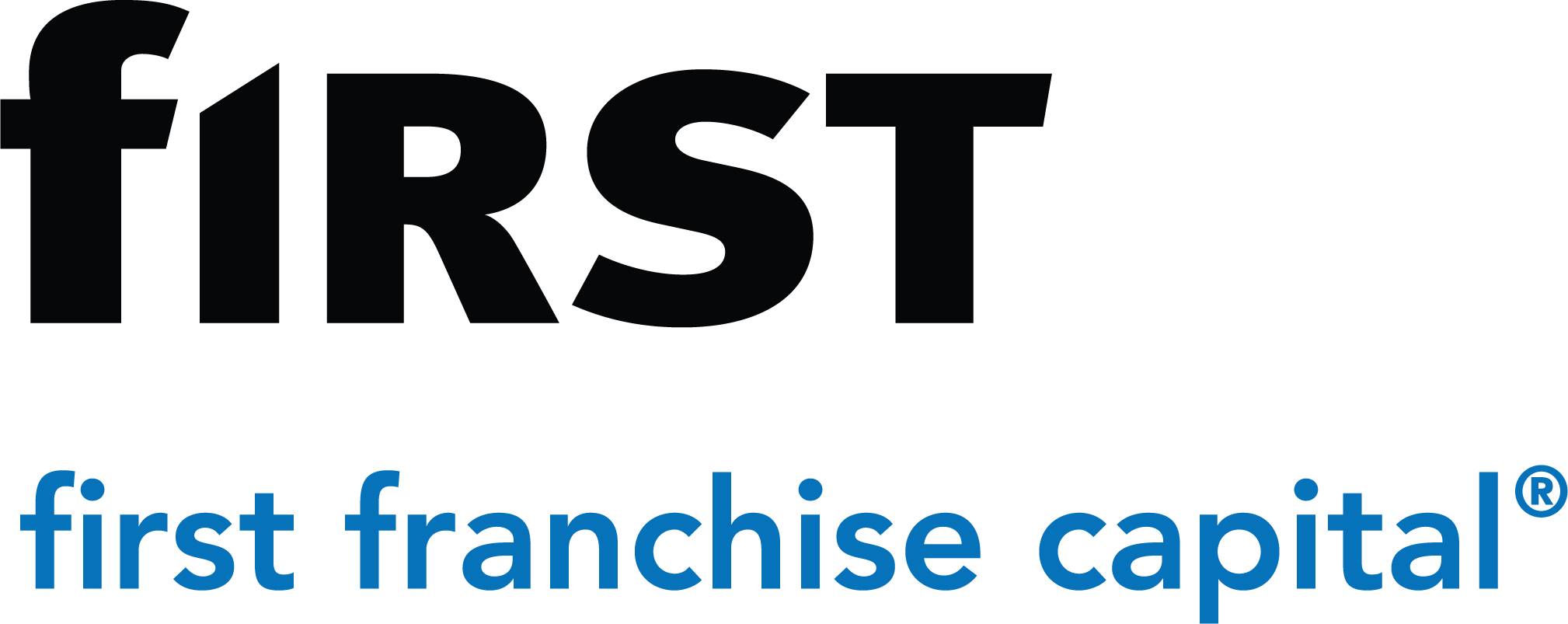Strategic Planning: Your Key to Navigating Change
March 31, 2025 •First Franchise Capital
.png?width=600&height=314&name=Strategic%20Planning%20Your%20Key%20to%20Navigating%20Change%20(1).png)
We all know that nothing stays constant in business. The key to managing change is anticipating what kinds of situations might impact business and planning options to manage those scenarios.
This doesn’t mean only preparing for negative events; it also means being ready to take advantage of good opportunities when they arise. One of the best ways for a franchise business to be ready for change – good or bad – is to do regular strategic planning.
Our CEO Rick Dennen recently spoke with Matt Staninger, a market research analyst at First Franchise, about strategic planning and a variety of other topics in our recent webinar. Here are some of the high points from their conversation:
→ Watch Now: What to Expect in the Year Ahead
Why is strategic planning so important?
Working without a strategic plan is like setting off on a trip without a destination loaded into the GPS or going to the grocery without a list. You can waste a lot of time going around in circles and not really get anywhere. A strategic plan gets all the parts of a company moving in the same direction and gives everyone a clear idea of what the business’s goals and objectives are.
A company may only create a new strategic plan every few years. Remember, reviewing it annually and making tweaks is worthwhile. This practice makes sure that changes in the industry or the economy are addressed. It’s also a good idea to involve a wide range of team members, especially those who may be new to the company, so they will all feel ownership in the new plan and can target their work toward achieving its goals.
Where should a strategic plan start?
A good strategic plan should be based on a mission and a vision. These elements should define what the business hopes to accomplish. The mission statement should capture what the business does, and the vision statement should paint a picture of how the company wants itself to be perceived. For example, a QSR’s mission statement might be, “to provide delicious, affordable food with exceptional customer service to our patrons,” while its vision statement could say, “our restaurants will be a preferred QSR destination with consistent high-quality meals and excellent customer service.”
A fundamental component of a strategic plan is a SWOT analysis – a review of Strengths, Weaknesses, Opportunities, and Threats. Each component of the SWOT analysis should indicate how well or poorly the company is doing in reaching its mission and vision. Where is it excelling (strengths) and where is it falling behind (weaknesses)? What areas of growth (opportunities) are waiting to be developed? What dangers – such as new competitors or falling behind in technology – are lurking around the next bend (threats)?
Setting goals and planning to achieve them
The key elements of strategic planning are identifying objectives and making plans for how to achieve them. Keeping the list reasonably short – perhaps three to four objectives – keeps projects manageable and increases the likelihood they’ll been seen through to completion. The list should also be prioritized so if situations arise in which two objectives are competing for limited resources, everyone knows which goal is primary and which is secondary.
Several elements go into determining how to achieve each goal:
-
- Technology – does the business have the necessary technological tools to pursue the opportunity in question? What new equipment or upgrades will need to be obtained?
- Talent – Does the current team have the bandwidth to take on the new project? Does it require specialized skills that necessitate training? Will more and/or specialized staff need to be hired?
- Financial resources – How will the business pay for the project? What will the return on investment be?
- Who will be responsible for the project?
Get Industry Insights to Your Inbox
Strategic plans in action
Example: A franchise owner learns from its strategic planning that it hasn’t done enough to differentiate itself from its competitors. The company identifies these issues:
-
- Threat – Potential customers could be lost because of the similarities in marketing messages and products offered between this company and competitors.
- Opportunity – New customers could be gained by offering specialized promotions and improving marketing efforts.
- Process – Identify the resources needed to deploy countermeasures. To finance these efforts, work with a lender who is familiar with the needs of QSR businesses.
Leveraging debt to achieve company aims
Whatever goals and objectives a company identifies through their strategic planning, smart debt financing can help bring them to reality. New technology such as AI can improve the customer experience and increase staff productivity. Investments in training and benefits programs can help attract top talent which, in turn, can lead to organic growth. Making an acquisition can expand a company’s footprint, grow its customer base and open up new areas of service.
All of these aims can be met through prudent loan solutions. Contact First Franchise Capital today to see how we can help your franchise business meet its goals.
First Franchise Capital does not make any representation as to the accuracy of materials presented in any webinar, whitepaper, vlog or blog, nor legal or financial information contained therein. Third party advertisements, links or presentations are not endorsements or recommendations by First Franchise Capital. Any materials presented are for informational purposes only. They are not offered as and do not constitute an offer for a loan, professional or legal advice or legal opinion by First Franchise Capital and should not be used as a substitute for obtaining professional or legal advice. The use of any materials, including sending an email, voice mail or any other communication to First Franchise Capital, does not create a relationship of any kind between you and First Franchise Capital.


